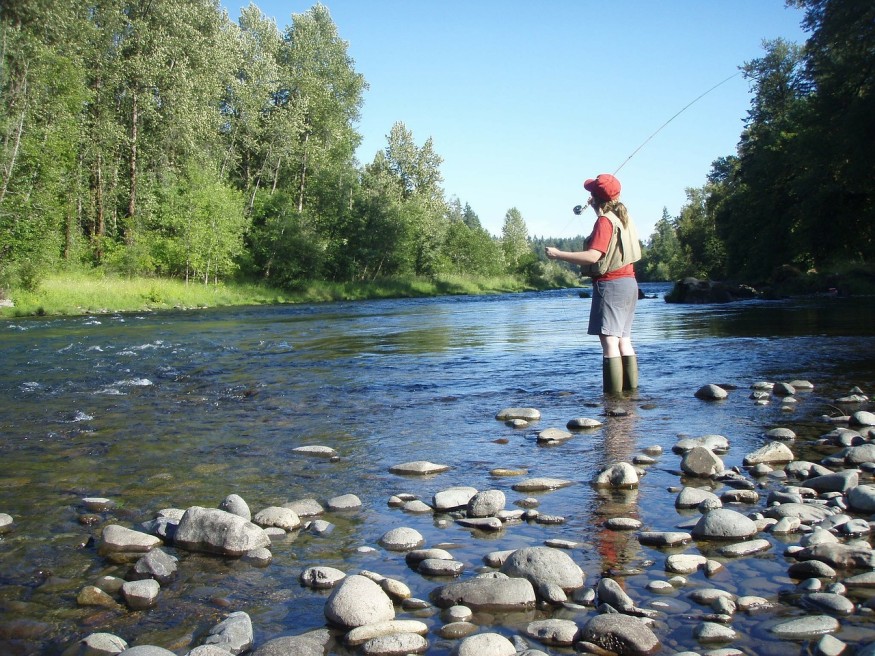
After decades of being dominated by old white men, the US fly fishing scene is being taken over quickly by Millenials, with the 2019 Special Report on Fishing by the Outdoor Industry Association indicating that fly fishing is currently the fastest-growing category of the sport. According to the report, 25 percent of anglers are in the 18 - 34 age range, and this number is expected to keep growing as Millenials seek more ways to interact with nature. So what is attracting so many youngsters to this age-old sport? Well, as it turns out, it's a combination of many factors.
The rise of fly fishing tourism
While traveling used to be a luxury for older generations, Millenials see it as a necessity. Millennials value experiences more than owning assets or achieving a high-status symbol, and they are willing to go to great lengths to achieve these experiences. Fly fishing has become the chic way for Millenials to unwind and reconnect with nature, especially those who spend the majority of their lives in urban areas surrounded by concrete jungles and loud noises. It provides a peaceful and often beautiful environment free from work, emails, or the daily hassles of city life, where they can establish a deeper connection with nature. Hospitality brands have also started offering guided fly-fishing excursions in various spots across the country to capitalize on this new wave of interest in the sport.
An avenue for environmental conservation
Whether it's cleaning rivers, getting rid of plastic, or replacing harmful fossil fuels with clean sources of energy, it's clear that Millenials are much more concerned about protecting the environment than older generations, and fly fishing gives them another avenue to do just that. Fly fishing and the environment are inextricably linked in many ways, and a flourishing aquatic ecosystem is synonymous with good fishing. While anglers may set out to hunt fish for food or fun, they are also some of the biggest advocates for aquatic environments. They act as custodians of the rivers, lakes and streams they fish in and are first to notice and report when they are facing threats in the form of pollution, siltation, invasive species, water extraction, overfishing, and much more. Superflies notes the importance of protecting native fish stocks as well as the quality of fishing flies, and anglers have continued to play a key role in their conservation efforts by collecting data, helping with habitat restoration, and releasing gravid hen fish in spawning grounds to boost their numbers.
The impact of the internet
The age of the internet has also played a key role in making fly fishing popular among Millenials. For one, the internet serves as a valuable source of information for anyone interested in trying fly fishing. Unlike two decades ago when learning about fly fishing meant finding an expert to learn from, by doing research in books or going to the river to learn through experience, people can become an expert in the sport a few minutes after Googling "fly fishing". All the information one would want to know is available: the types of equipment needed and where to get them, the best places to go for fly fishing, and guides on how to do it. Social media has also provided a platform for those who practice fly fishing to share their experiences with the world and discuss various matters related to the sport.
Though not traditionally regarded as cool, fly fishing is attracting more Millenials than ever before. In return, those who can afford the time and equipment get a chance to reconnect with nature, an opportunity for creative expression, an avenue for environmentalism, and a reason to put their smartphones away and enjoy the outdoors.
© 2025 NatureWorldNews.com All rights reserved. Do not reproduce without permission.





